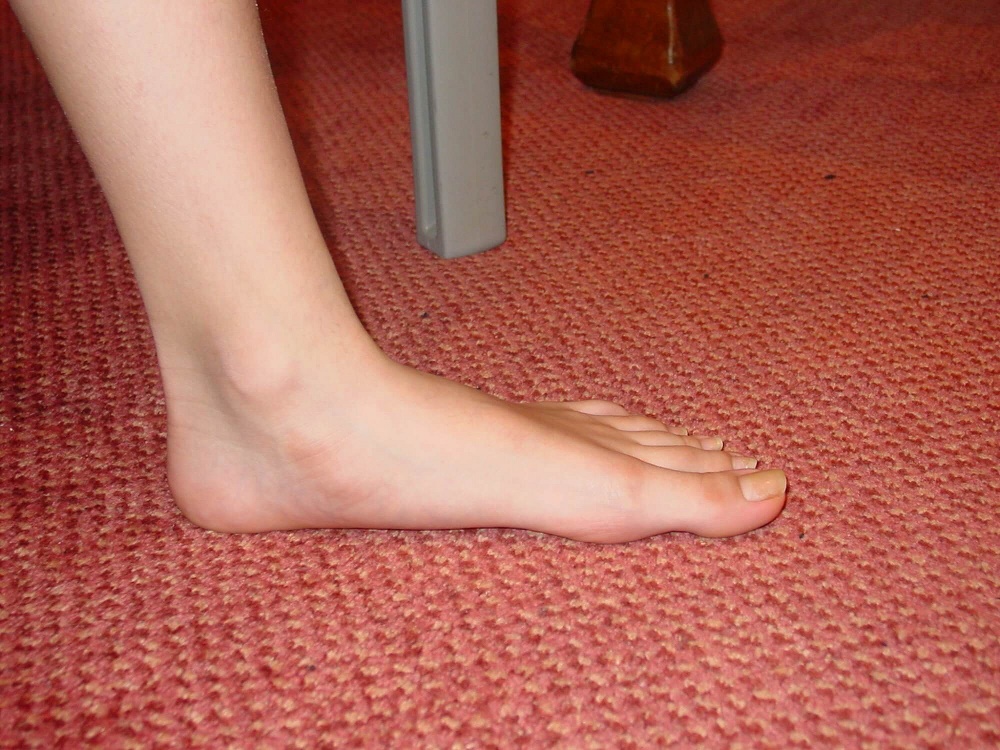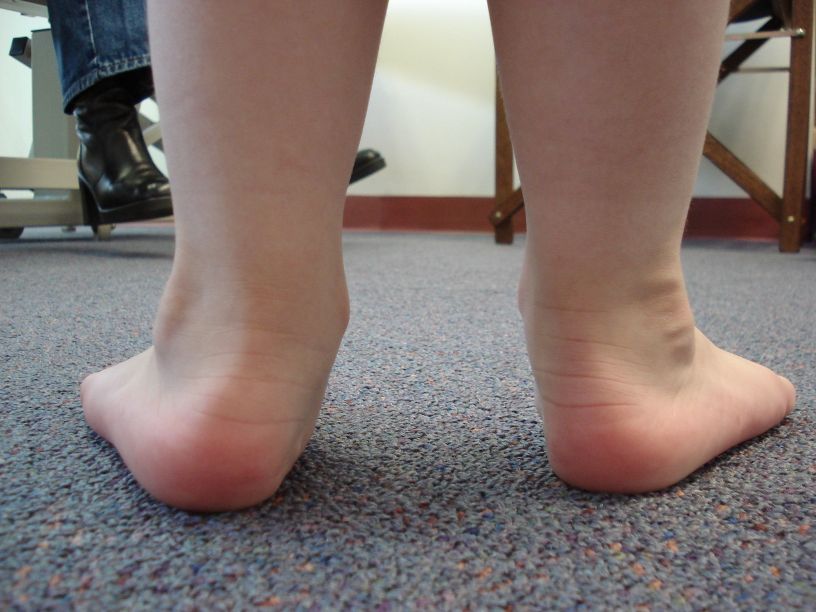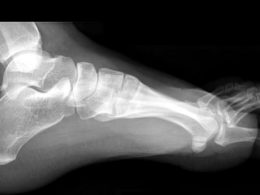Pes planus or flat feet in both children and adult usually do not interfere with normal, everyday life, but in some cases, the symptoms as well as the complications are just too severe to be left untreated. The condition, flat fee is referred to as the loss of the medial longitudinal arch of the foot, or both feet. People suffering from flat feet feature collapsed arches which means the entire sole f the foot is resting partially or completely on the ground.
There are essentially three types of flat feet namely:
– Flexible flat feet
There is some degree of arching among those who suffer from flexible flat feet. When a person is standing or walking, there will still be arching noticeable to some extent. This is considered to be a mild case and does not show any symptoms, thus medical intervention is not required.
– Painful rigid flat feet
As the name implies, painful rigid flat foot is characterized by stiffness and inability to flex the foot. Painful rigid flat foot may be caused by genetics, injury, or bone deformity. This is a rather painful flat fee condition and should be treated immediately.
– Spasmodic flatfoot
The spasmodic contractions by the peroneal muscle force the foot outward, thus inducing pain and discomfort among those who have them. Medical intervention such as surgery may be needed to reapir this condition.
Symptoms of Flat Feet
The symptoms of flat feet should be verified right away if you are starting to feel pain on your feet. It is always best to assess early in life as to the extent of the flat feet instead of having to wait a few years for medical intervention. If you are a parent, you may want to check out the following symptoms:
– Foot pain in the arch and heels
– Discomfort in assuming tiptoe positionDiscomfort in assuming tiptoe position
– Swelling that occurs inside the ankle
– Pain in the lower extremities
– Shoes do not fit properly
– Heel tilt away from the body’s midline
– Absence of arch when standing
Adults who suddenly feel pain onset may want to check these symptoms out as well. There are flat feet problems that manifest themselves later on in life, thus assessment is also considered crucial.
Flat Feet in Children
Flat feet in infants is but a normal condition. Babies normally outgrow this condition after a few months. However if flat feet is still present during the 3rd year of life and onwards, it may be best to check in with the doctor for proper diagnosis of flat feet in order for your child to receive the right type of treatment.
Flat Feet in Adults
Flat feet that develops later in life is referred to as fallen arches. There are many predisposing factors to this condition, one of which is obesity. Too much weight is known to weaken the components that makeup the arch, thus collapse transpires. Pregnancy is yet another condition that predisposes women to develop fallen arches.
Flat feet that develops during adult life is very difficult to treat as they are known to be permanent in nature. In order to treat flat feet, most patients need to undergo a series of surgeries that are painful and painstaking for patients. In addition, people with mild cases of flat feet will be prescribed to wear orthotics in order to minimize the pain and discomfort brought about by the condition.









